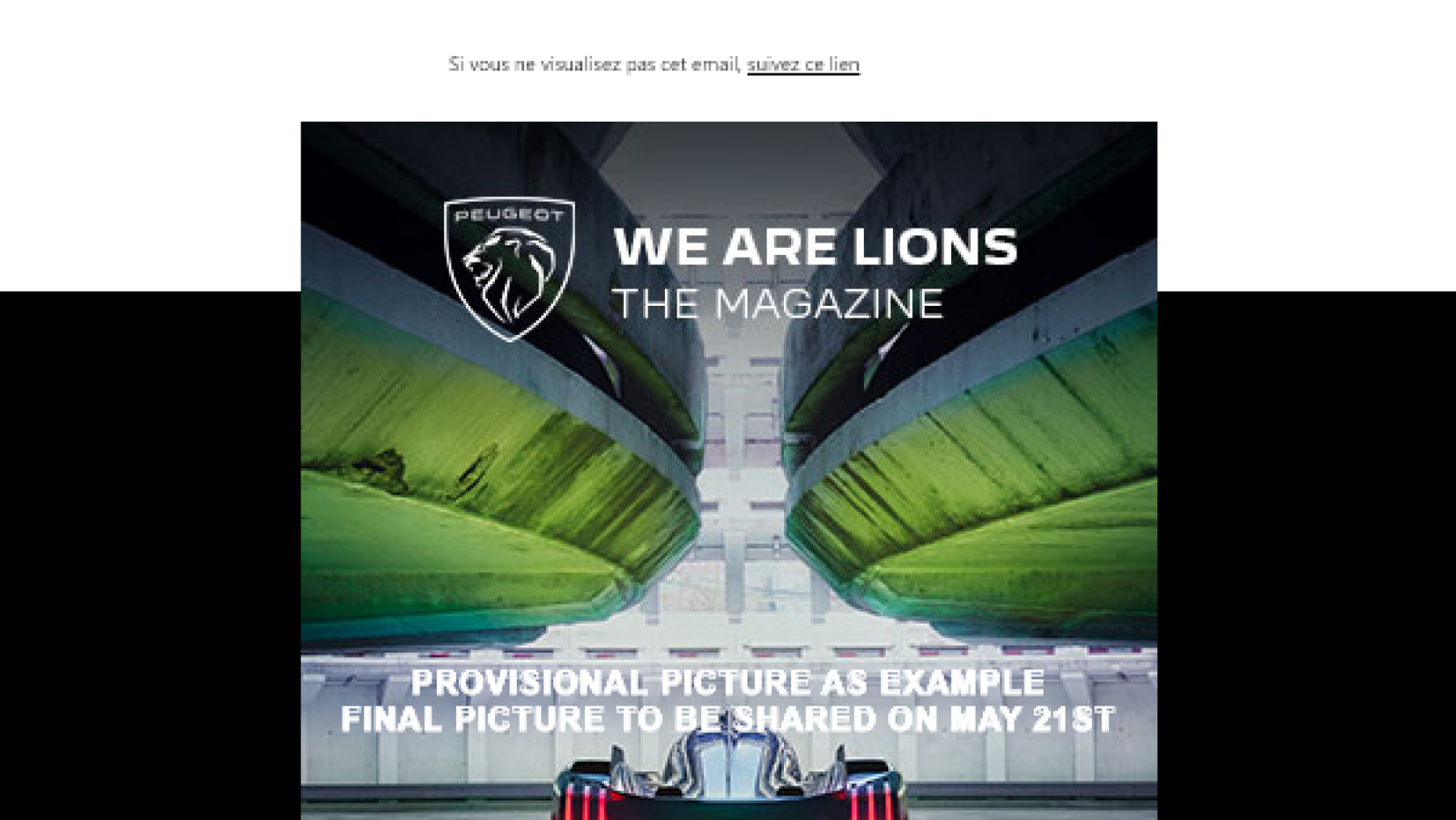In partnership with La Région Île-de-France, Animafac aimed to develop a set of tools to support young activists and students in identifying discrimination related to gender, sexual orientation, ethnic origin, or perceived religious affiliations, and to provide solutions
We wanted to create an inclusive version of the popular "Guess who?" game that reflects the diversity of our society and actively combats stereotypes.
We had two main objectives :
Inclusion: We reimagined the game’s characters to represent various ethnic backgrounds, genders, ages, and physical abilities.
Awareness: The game aimed to raise players’ awareness of biases and stereotypes while encouraging curiosity and empathy.
Inclusion: We reimagined the game’s characters to represent various ethnic backgrounds, genders, ages, and physical abilities.
Awareness: The game aimed to raise players’ awareness of biases and stereotypes while encouraging curiosity and empathy.
Character Design
I created a diverse gallery of characters inspired by the photos of association members.
Indeed, this game is the fruit of a collective effort, and was possible thanks to the contributions of Caélif, MAG Jeunes LGBT and Étudiants Musulmans de France, student associations who contributed their own personal accounts to the game. We also used stories of discrimination compiled by Le Défenseur des Droits.
Indeed, this game is the fruit of a collective effort, and was possible thanks to the contributions of Caélif, MAG Jeunes LGBT and Étudiants Musulmans de France, student associations who contributed their own personal accounts to the game. We also used stories of discrimination compiled by Le Défenseur des Droits.
Art Direction
To enhance visual impact, I chose to incorporate elements of Animafac's brand identity into the design of the cards. By utilizing the same color palette, typography, and layout across all cards, I tried to create a cohesive set.
We choose the second proposition.
The origami motif, which forms the basis of Animafac’s logo, serves as the common thread. It hepls to prioritize information and allow the design to breathe. The concept behind this motif—its structures and dynamics—adds precision, depth, and contrast, creating a harmonious blend between the cartoon illustration and graphic elements.
The origami motif, which forms the basis of Animafac’s logo, serves as the common thread. It hepls to prioritize information and allow the design to breathe. The concept behind this motif—its structures and dynamics—adds precision, depth, and contrast, creating a harmonious blend between the cartoon illustration and graphic elements.
3d Model
I developed 3D models for both the cards and the packaging to visually track the project’s progress. These models serve as a valuable tool for sharing updates with all the associations involved throughout the various work phases
Our inclusive version of “Guess Who?” was well-received by players of althe student association. By encouraging dialogue, understanding, and action, this game became an awareness tool during events and campaigns.
This project was a rewarding experience, blending creativity with social impact. I hope it inspires more inclusive initiatives in the realms of gaming and design!





